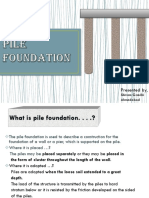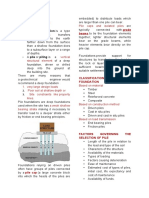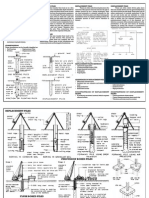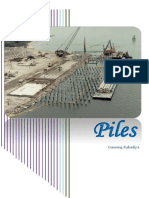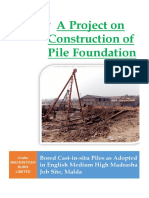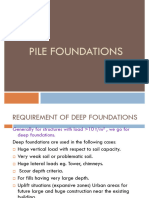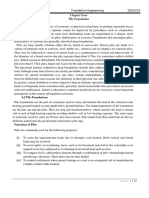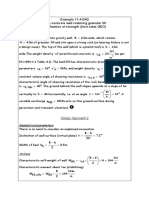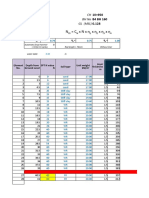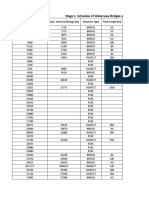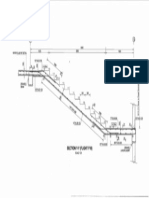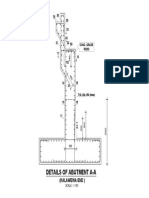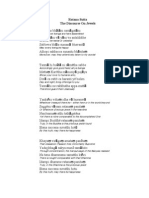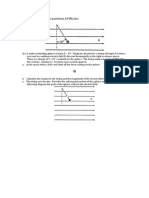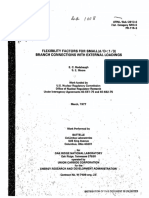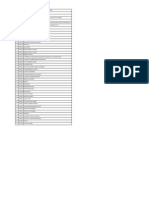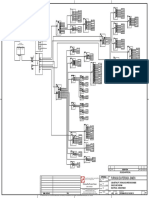0% found this document useful (0 votes)
83 views13 pagesConstruction Technology Bmcs I: G4 - Pile Driving
The document discusses pile foundations and pile construction technology. It describes:
1) Different types of piles based on their effect on surrounding soil (large displacement, small displacement, replacement), materials used (timber, steel, concrete), and bearing methods (end bearing, frictional bearing).
2) Pile construction processes including locating piles, driving piles using various hammers, and boring and casting concrete piles in situ.
3) Advantages and disadvantages of different pile materials and construction methods. Proper pile design and construction is important to effectively transfer structural loads to the ground.
Uploaded by
Kasun ShideshCopyright
© © All Rights Reserved
We take content rights seriously. If you suspect this is your content, claim it here.
Available Formats
Download as DOCX, PDF, TXT or read online on Scribd
0% found this document useful (0 votes)
83 views13 pagesConstruction Technology Bmcs I: G4 - Pile Driving
The document discusses pile foundations and pile construction technology. It describes:
1) Different types of piles based on their effect on surrounding soil (large displacement, small displacement, replacement), materials used (timber, steel, concrete), and bearing methods (end bearing, frictional bearing).
2) Pile construction processes including locating piles, driving piles using various hammers, and boring and casting concrete piles in situ.
3) Advantages and disadvantages of different pile materials and construction methods. Proper pile design and construction is important to effectively transfer structural loads to the ground.
Uploaded by
Kasun ShideshCopyright
© © All Rights Reserved
We take content rights seriously. If you suspect this is your content, claim it here.
Available Formats
Download as DOCX, PDF, TXT or read online on Scribd
/ 13












